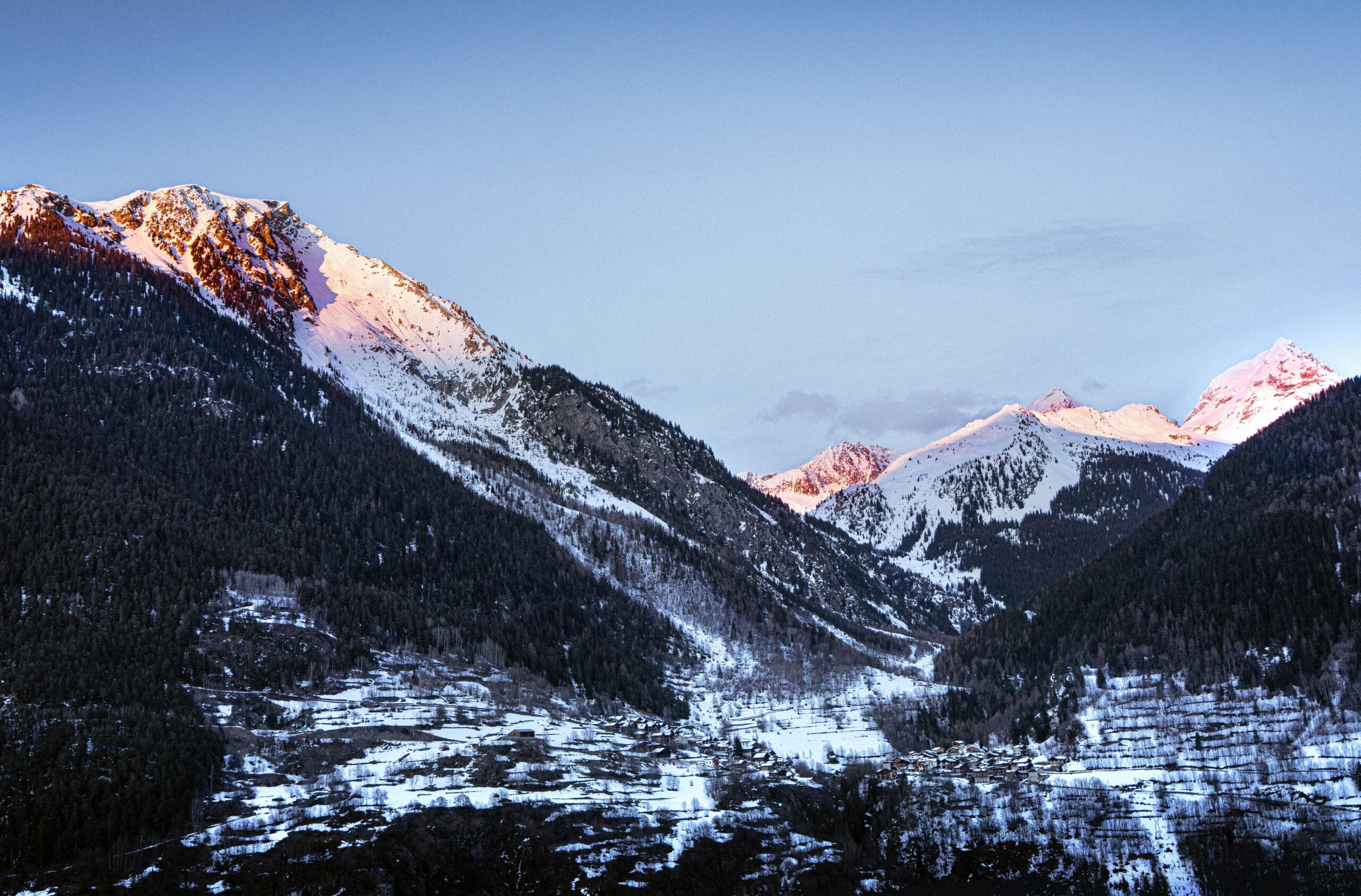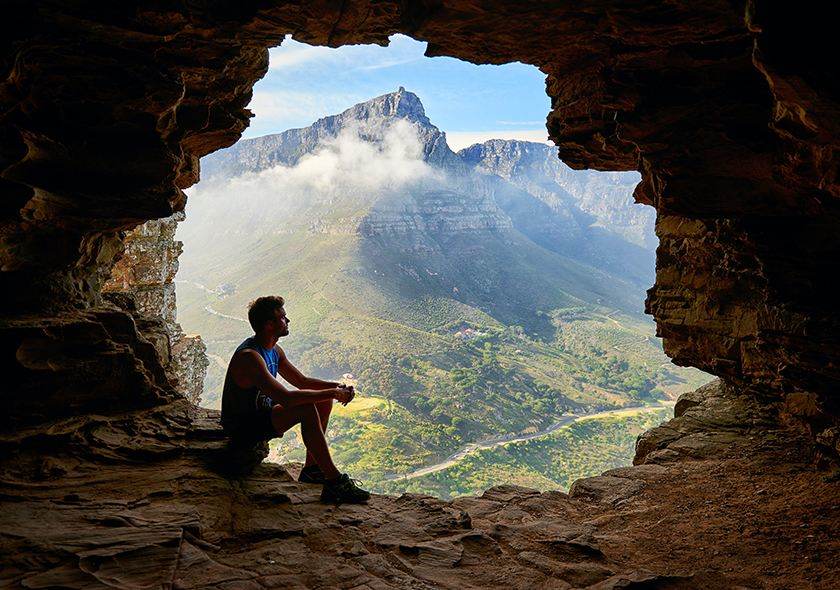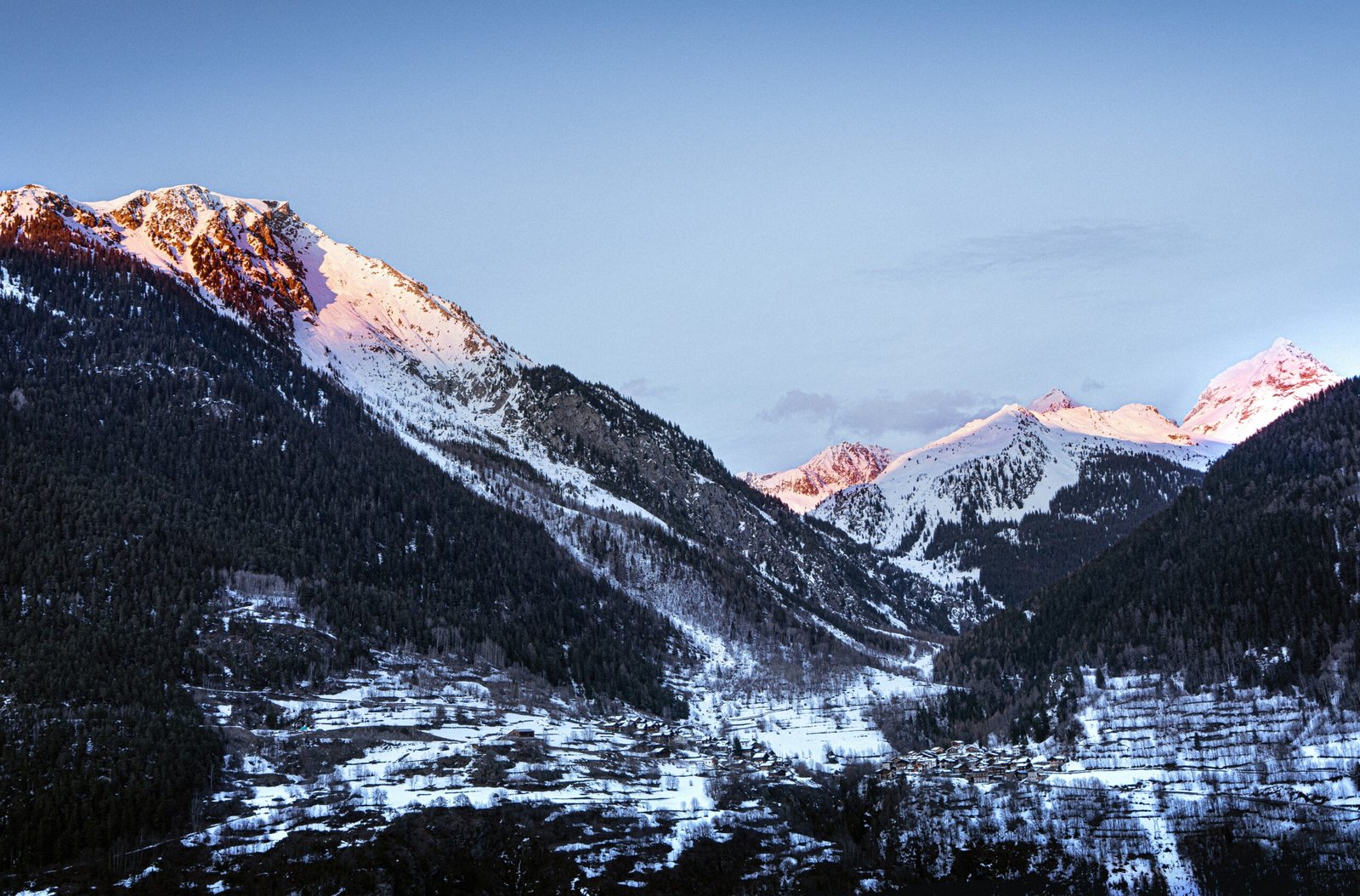Top 10 Things to Do Before Going for Dayara Bugyal Trek

Top 10 Things to Do Before Going for Dayara Bugyal Trek
1. Research and Plan Your Itinerary
Embarking on the Dayara Bugyal trek requires meticulous research and planning to ensure a safe and enjoyable experience. Begin by gaining a comprehensive understanding of the trail. Familiarize yourself with the trek’s duration, which typically spans over 4-6 days, depending on your pace and chosen route. Assess the level of difficulty to ensure it aligns with your fitness and trekking experience; Dayara Bugyal is generally considered a moderate trek, suitable for both beginners and seasoned trekkers.
Weather conditions play a critical role in planning your trek. The best time to visit Dayara Bugyal is between May to November, avoiding monsoon months when the trails can be slippery and hazardous. Research the seasonal weather patterns and prepare for potential weather changes, especially in the higher altitudes.
The terrain is another crucial aspect to study. Dayara Bugyal’s landscape is characterized by lush meadows, dense forests, and panoramic views of majestic Himalayan peaks. Knowing the significant landmarks and viewpoints, such as Bakaria Top, will help you navigate and make the most of your trekking adventure. Additionally, prepare for altitude changes, as the trek will take you up to an elevation of approximately 11,181 feet (3,408 meters).
Plan your itinerary to include starting points, such as Barsu or Raithal, depending on your chosen trail. Allocate rest days strategically to acclimatize and recuperate. Ensure you account for emergency exits and have a plan for unexpected delays. Integrate buffer days into your schedule to address any unforeseen circumstances that may arise, such as inclement weather or health issues.
Proper research and detailed planning are fundamental in making your Dayara Bugyal trek a fulfilling and memorable journey, allowing you to experience the natural beauty and tranquility of one of Uttarakhand’s most picturesque trekking destinations.
Physical Preparation and Training
Embarking on the Dayara Bugyal trek requires more than just enthusiasm; it demands a certain level of physical fitness due to its moderate challenges. To better prepare for this adventure, initiating a comprehensive fitness regime well in advance is essential. This regimen should encompass a balanced mix of cardio exercises, strength training, and flexibility workouts.
Cardiovascular exercises such as running, cycling, or swimming are crucial for building the stamina and endurance required to traverse the trek’s varied terrain. Aim for at least 30 minutes of cardio workouts, five times a week, for a period of three to six months preceding the trek.
Strength training is equally critical, with a particular focus on improving leg strength. Exercises like squats, lunges, and the leg press can significantly boost your ability to handle the demanding ascents and descents encountered on the trek. Incorporate resistance training into your routine at least three times a week.
Flexibility is another cornerstone of physical preparation. Engage in stretching exercises and perhaps even yoga to enhance your agility and prevent injuries. Yoga can also provide the added benefits of improving balance and mental focus, essential for facing the unpredictable elements of the Dayara Bugyal trek.
Practical experience on similar terrains is invaluable. Undertake training hikes carrying the backpack you intend to use for the trek. This practice will help you acclimate to the weight and ensure you are comfortable with the load, fortifying your muscles and enhancing your overall readiness.
Ultimately, a well-rounded fitness regime incorporating cardio exercises, strength training, flexibility work, and practical hikes will equip you with the physical resilience needed to enjoy and succeed in the Dayara Bugyal trek. By committing to a disciplined routine, you can ensure that your body is prepared to tackle the trek’s challenges with confidence.
Packing the Right Gear and Essentials
Packing the right gear is pivotal for ensuring both comfort and safety while on the Dayara Bugyal Trek. To start, selecting appropriate trekking shoes is fundamental. Opt for shoes that offer excellent grip, ankle support, and are weather-resistant. Layered clothing is essential to adapt to variable weather conditions, combining moisture-wicking base layers, insulating mid-layers, and waterproof outer shells to remain dry and warm.
A high-quality backpack with a capacity ranging between 40-60 liters is ideal, providing ample space without being overly cumbersome. Ensure it has adjustable straps and a supportive frame for even weight distribution. Sleeping gear, consisting of a compact sleeping bag suited for cold temperatures and an insulated sleeping mat, is crucial for restful nights at high altitudes.
Trekking poles are invaluable for stability on steep or uneven terrain, helping to reduce strain on your joints. Navigation tools like detailed maps and a reliable compass are indispensable for staying on course. A comprehensive first aid kit, inclusive of bandages, antiseptic, pain relievers, and any personal medications, is vital for addressing minor injuries and ailments promptly.
Also, consider water purification solutions such as portable filters or purification tablets to ensure a safe drinking supply throughout the trek. Pack non-perishable, high-energy food items such as nuts, energy bars, and dried fruits to sustain energy levels. A headlamp with extra batteries is essential for visibility during low-light conditions, whether inside a tent or for early morning starts and late arrivals.
The versatility of a multi-tool cannot be underestimated, offering practical solutions for a range of potential issues from gear repairs to emergency situations. Personal identification documents should be securely stored and easily accessible if required. Finally, to maintain mobility and comfort, pack light by prioritizing crucial items over non-essentials, thus avoiding unnecessary burden.
Acclimatization and Mental Preparedness
Acclimatization is a critical aspect to consider when planning for the Dayara Bugyal Trek. Ensuring your body adjusts to higher altitudes helps in mitigating the risks associated with altitude sickness, which can significantly impact your trekking experience. Spending a few days at higher elevations before commencing your trek is highly recommended. This allows your body to slowly adapt to the decreased oxygen levels and reduced air pressure, making the overall trek more manageable and enjoyable. During this period, it’s essential to stay well-hydrated and restrict the consumption of alcohol and caffeine, as these can exacerbate dehydration and impair acclimatization processes.
Equally important is mental preparedness. Trekking at high altitudes involves various challenges, and being mentally equipped to handle them is crucial. To prepare mentally, start by thoroughly researching the trek and familiarizing yourself with the possible difficulties you may encounter. This way, you are less likely to be taken by surprise and more capable of maintaining a positive and resilient mindset.
Regular meditation and mindfulness practices can be particularly beneficial in maintaining mental focus and composure. These activities enhance your ability to manage stress and keep a clear head, enabling you to enjoy the trek thoroughly and tackle any unexpected challenges effectively. In sum, while physical preparations are undeniably important, neglecting your mental readiness can undermine your overall experience. By equally prioritizing acclimatization and mental preparedness, you pave the way for a more fulfilling and safer trekking adventure.
All Categories
Recent Posts
Top 10 Things to Do Before Going for Dayara Bugyal Trek
The Ultimate Guide to Gaumukh Tapovan Trek
Tags



